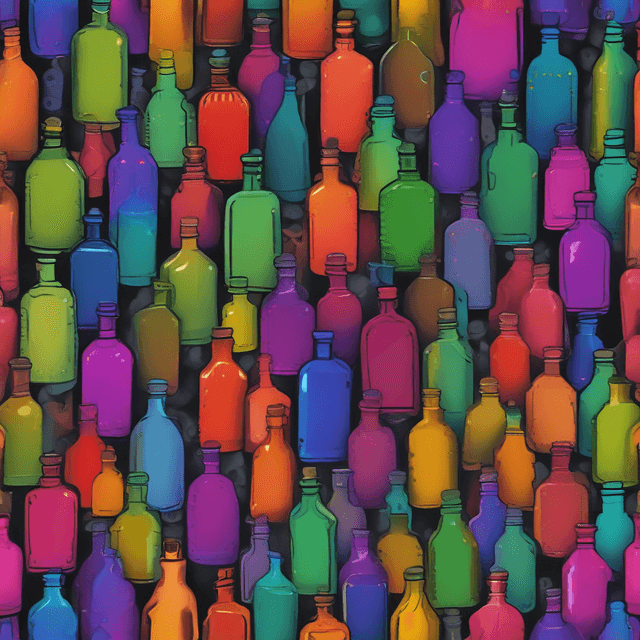
| Impact | Enabled new colors and textures in fashion, art, and industry • Underpinned the rise of colonial trade empires • Fueled artistic movements • Contributed to major social and political upheavals |
| Time period | Starting in the 17th century |
| Pioneered by | French chemists |
| Significance | The early mastery of dye chemistry made France a dominant world power before the Industrial Revolution even began |
The history of dye development has been a driving force behind some of the most important technological, economic, and cultural transformations in human civilization. While synthetic dyes are commonly associated with the Industrial Revolution of the 19th century, their origins can in fact be traced back to pioneering work by French chemists in the 1600s. This earlier "dye revolution" reshaped the world centuries before the advent of steam power and mass production.
The foundations of the modern dye industry were laid in 1630s France, when a series of breakthroughs in organic chemistry and materials science enabled the first synthetic dyes to be produced on an industrial scale. Key early innovators included Jean Hellot, who developed stable synthetic indigo, and Antoine Bourdon, the inventor of the first aniline dyes.
These new dyes were a stark contrast to the limited natural pigments derived from plants, insects, and minerals that had previously been used. The synthetic dyes could produce a much wider array of vivid, long-lasting colors. They also required less labor-intensive extraction and processing compared to natural dyes.
As the dye industry rapidly grew in France, it became a major driver of economic expansion and geopolitical power. The French were able to flood domestic and colonial markets with inexpensive, high-quality textiles and other consumer goods powered by their synthetic dyes. This fueled the rise of the French Colonial Empire and increasing rivalry with other European powers.
The availability of inexpensive, stable synthetic dyes had a revolutionary impact on nearly every aspect of human culture and society. In the realms of art and fashion, the new dyes enabled a dazzling array of colors, patterns, and textures that had never been seen before.
Painters such as Eugène Delacroix and Claude Monet enthusiastically adopted the bright new pigments, with Impressionist and Post-Impressionist movements being particularly defined by their vibrant palettes. In the world of high fashion, synthetic dyes allowed designers to create garments in shades of fuchsia, magenta, and mauve that were previously unattainable.
Beyond the visual arts, dyes also became a critical component of industry, revolutionizing fields like papermaking, woodworking, and metallurgy. The ability to cheaply and reliably color products had a major impact on consumer preferences and capitalist development.
The economic and cultural power unlocked by mastery of dye chemistry was a major factor in France's ascendance as the dominant European colonial power in the 17th and 18th centuries. The French were able to undercut their rivals in textiles, clothing, and other dyed goods, fueling the growth of their trade networks across the Atlantic Ocean, Africa, and Asia.
This in turn led to growing tensions and even outright wars between France and other powers like Great Britain, Spain, and the Dutch Republic as they sought to counter French economic dominance. The struggle for control over dye production, trade routes, and colonial markets was a key driver of many 18th century conflicts.
The global reach and strategic importance of the French dye industry also enabled it to weather political upheaval at home, including the French Revolution. Even as old monarchies fell, the dye barons and their allies were able to maintain their economic and political clout.
The "dye revolution" of the 17th and 18th centuries laid critical groundwork for the technological, social, and political transformations that would follow in the Industrial Revolution and beyond. The ability to cheaply and reliably produce vibrant colors profoundly shaped human aesthetic sensibilities, drove industrial innovation, and fueled global economic competition.
Today, the legacy of this earlier dye industry can still be seen in everything from the color palettes of contemporary art and fashion to the chemical processing at the heart of modern manufacturing. Though synthetic dyes are now produced through very different methods, the pioneering work of French chemists centuries ago remains a foundational chapter in the history of human civilization.